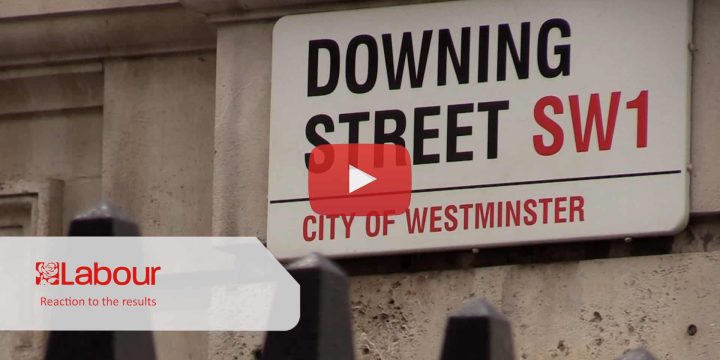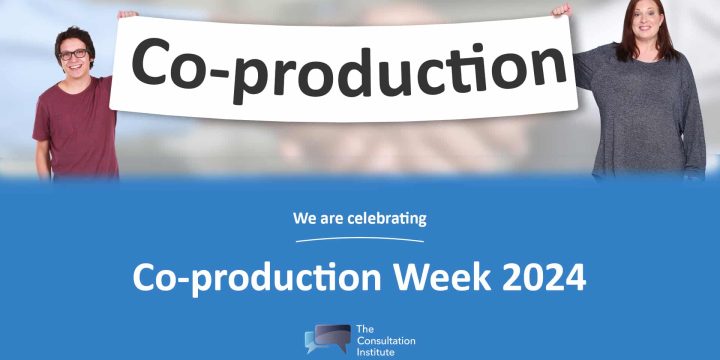News & Insights
Apprehensive about options? Implement our suggestions
People desire to have the freedom of choice – the right or ability to choose whatever they want depending on their individual needs. But when the options are limited and unpalatable, people are reluctant to compare each solution with the status quo and consider the advantages and disadvantages.
Earlier this month, we had a conversation with a client who raised concerns about launching their consultation with two viable options. The alternative solutions had been considered in detail but discarded as ‘options’ due to a number of technical shortcomings. However, they were worried about the potential legal consequences as a result of not presenting more options, and on a reputational level, how the public would react to their proposals during the consultation (a fear many other clients have when coming to the institute for advice and guidance). However, case law concerning consultation (R v Lord Chancellor, 2011) has supported consistent advice that organisations do not need to consult on all options; this would make the consultation process very complex and time-consuming. Yet consultors are still apprehensive about options development and appraisal.
In a situation where two unpopular proposals are presented to the public, consultees ask questions such as ‘why are there only two options?’, ‘why is ‘X’ the preferred option?’ or ‘did you consider ‘X’ option?’
The Institute has witnessed single option consultations as well as consultations with up to as many as 8 options. The latter seems to confuse many people as there are too many options to choose from, rather than reducing it down to give viable options.
Undertaking a robust options development and appraisal process carefully prior to your consultation, as well as ensuring your narrative is clear and concise, can help you provide logical answers to these questions. Following the process correctly presents people with an understanding of the challenges you are facing, whether this is financial sustainability, location or staffing issues and their involvement will help you provide robust options to bring forward into a consultation. Take it a step further and ask consultees to propose an alternative solution if they are unhappy with what is suggested as a solution. If you’re genuinely willing to take their suggestions on board, this is also an effective way of demonstrating you have an open mind.
How can the Institute help? We’ve provided below a few guidelines to implement in your next change-management process:
- A full and honest explanation of the background is critical. If all the choices are unpopular, consultees will need a coherent rationale, which can be disclosed in your consultation document. This should any include any pre-consultation engagement undertaken and the precise scope of the consultation.
- It is best advised that there is a choice from a range of options. Single option consultations are historically at a higher risk of a legal challenge, and there may be a temptation to ‘manufacture’ additional scenarios to make it look more authentic. Don’t create false options – consultees will see straight through this attempt.
- Consultations should focus on those who will be most affected but there is also a need to consider whether we have truly identified those that have been affected by the proposed change. Many situations involve making hard choices between the interests of one group and another, there should be adequate opportunity for all parties to be able to have an influence.
- Involvement: make sure you are confident you have involved the right people in the options development/process. You may have statutory requirements or guidance to involve specific people. Or you may have identified, through robust quality stakeholder mapping, that certain groups should be involved. Don’t discourage the sharing of new options; provide every facility to explore and test them.
If you’re unsure if your current options development and appraisal process is of a best practice standard, get in touch.



